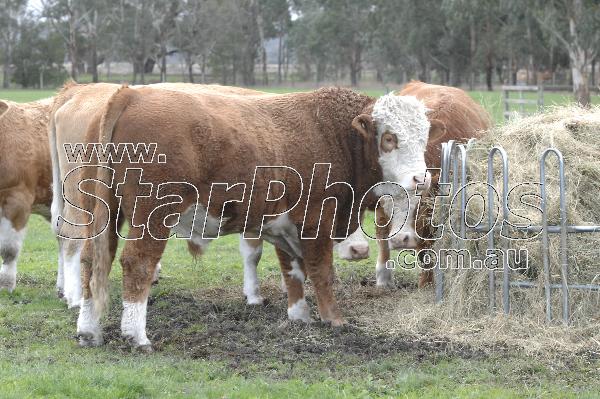By GREG O’BRIEN, DAIRY EXTENSION OFFICER DEDJTR
BASED on the Bureau of Meteorology three-month outlook, it may be worth planning around the possibility of receiving below average winter rainfall.
Within the three month outlook, the odds favour drier than average rainfall for the Victorian dairy regions.
For areas that are normally wet in winter, below average winter rainfall could be a good thing, especially if there is good soil moisture coming out of autumn.
In these wetter districts, it would be worth planning for potentially improved winter pasture growth and higher pasture utilisation (less pugging).
This in turn might allow for cows to be better fed on pasture.
For some farms this may result in less supplements to be fed while others may experience less of the usual winter feed pinch and milk production may be higher than normal.
For farms in drier districts, below average rainfall may mean less pasture growth, particularly in the main irrigation districts where soil moisture was lower coming out of autumn.
It might also result in an earlier start to the irrigation season and potentially greater requirement for irrigation water.
Irrigation water prices are reportedly higher than they have been.
Purchasing temporary water may still be a more cost effective option than purchasing feed or reducing milk production in response to less pasture growth later in the season.
As always, it is important for farmers to do their own sums for their businesses.
In winter, supplement feeding remains a key driver of profit over the winter months.
A general principle is to provide a balanced diet and select feeds that can do the job at least cost.
The cheapest feed is not necessarily the most profitable feed.
For example, low quality hays may be cheap but will not do the job as far as milk production is concerned due to the reduction in feed intake that occurs when they are fed to milkers in significant quantities.
During the growing season protein is normally well supplied in pasture so protein is less likely to be lacking in a winter diet where around half the diet is pasture or fodder crop.
In winter, dietary fibre is often lower than desired due to the highly digestible nature of fibre in lush, leafy pasture.
Concentrates such as pellets and grains are often fed in significant amounts to fill feed gaps which will reduce the overall fibre levels in the diet while increasing the energy levels in the diet.
Hopefully there is plenty of high quality home-grown silage on hand this year to keep fibre levels up and costs down.
Low milk fat test goes hand in hand with low dietary fibre levels.
If cows are well adapted they appear to be able to cope with a low-fibre diet up to a point.
Just remember that there will be a tipping point that results in cows becoming severely acidotic in the rumen and the animals at most risk are those that are given a sudden increase in the level of concentrate feeding such as fresh cows.
There is a range of feed additives that can minimise the impact so farmers should talk to their feed supplier or nutritionist.
In terms of how much to feed, the general economic principle is to feed until the income from the extra milk produced by adding an extra kilogram of feed covers the cost of supplying the feed.







